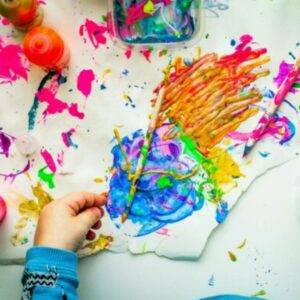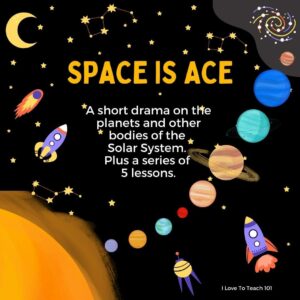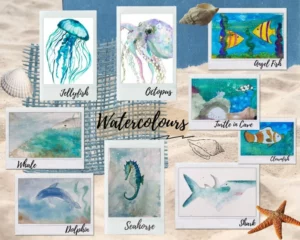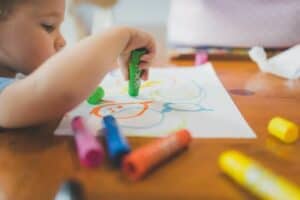How Can Creative Thinking in Art Inspire Environmental Stewardship?
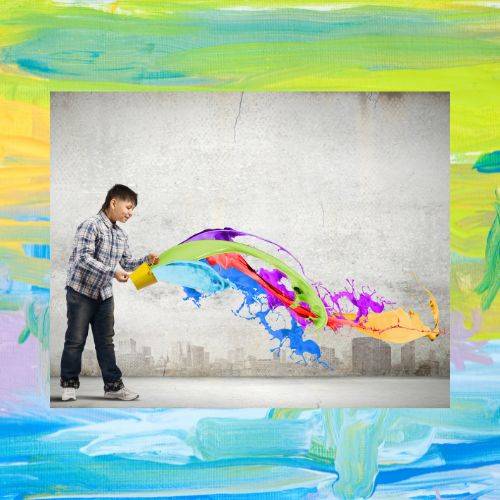
How does Creative Thinking in Art empower students to become stewards of our environment? This series is inspired by the principles of care and responsibility, which are foundational to many cultural and spiritual traditions, including my Christian perspective. It encourages students to view themselves as caretakers of the world.
As stewards in diverse traditions are charged with protecting their environments, so are we, through the medium of art, given the means to care for and protect our planet.
Art as a catalyst for environmental connection
In creative thinking in art, we examine how the arts serve as more than just tools for creative expression. They serve as conduits for comprehending and upholding the preservation of our planet.
This series demonstrates how incorporating environmental stewardship concepts into art lessons aids students in establishing a profound connection with topics such as climate change and habitat preservation.
Students learn to appreciate their role in safeguarding fragile environments by engaging in projects that reflect the beauty and fragility of places like the Arctic.
Inspiring change through creative expression
Creative thinking is not solely about developing skills, but about cultivating a deeper ecological consciousness. We help students do projects that show how people affect different ecosystems. This helps them think about what they should do.
We provide students with the opportunity to express their commitment towards environmental preservation through innovative initiatives.
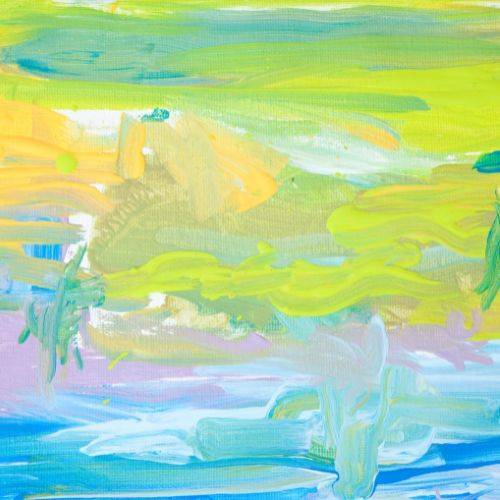
Exploring ecosystems through art
In this exploration, I share how diverse ecosystems have been brought to life in my art room. These initiatives are not solely art lessons, they serve as stepping stones towards improving environmental empathy and comprehension.
From the complex ripples of the saltwater environment to the crisp chill of the Arctic, my experiences serve as a springboard for your creative explorations. By using art as a medium, we aim to provide students with a more in-depth understanding of their surroundings and the challenges they face.
Art as a bridge to the world
In creative thinking in art, we do not merely wield paintbrushes and clay; we wield influence—educational, emotional, and ecological. Visual arts serve as potent conduits for conveying intricate environmental and cultural narratives.
Whether translating the rugged beauty of mountainous terrain or the historical depth of the Mediterranean Environment into art projects, these ideas have sparked creativity and awareness in my classroom. You can adapt these to your teaching style and educational goals, and see how art can become a potent tool for change.
According to Elliot Eisner, a prominent scholar in the field of art education, “the arts constitute fundamental resources that enable the perception of the world, the creation of meaning, and the development of the mind.” My approach to teaching art is based on this philosophy, which encourages students to engage with the world in meaningful ways.
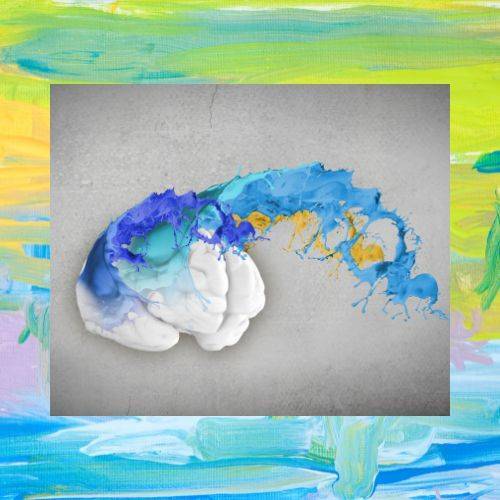
Cultivating creative thinking in art
Through creative thinking in art, we invite students to see the world and see themselves as part of it through their creative thinking. Each project, from the creation of Greek mosaics to the design of eco-friendly art supplies, is a step towards blending artistic skills with ecological awareness. These examples are intended to inspire and guide you, and offer a framework that can be tailored to your unique teaching environment.
Think about a project where students make art with things they can find in their local environment. This could include crafting sculptures using reclaimed wood or creating collages with natural elements. These projects reduce waste and educate students about the importance of sustainability and the impact of human activities on ecosystems.
Enhancing Learning Through Cross-Disciplinary Approaches
A comprehensive approach to teaching art involves the integration of it with other subjects, particularly science. For example, when acquiring knowledge on marine biology, students could produce watercolour paintings depicting diverse marine species.
Students could use watercolour techniques that resemble the fluid and unpredictable nature of water. This integration helps students develop connections between scientific concepts and artistic expression, enhancing their creative thinking.
Community Engagement Through Art
Art also provides an excellent platform for community engagement and activism. Organising exhibitions or community art projects focused on environmental themes can raise awareness and inspire action among a broader audience. Projects like a mural depicting local wildlife or an installation made from recycled materials can become focal points for community discussions about environmental conservation.
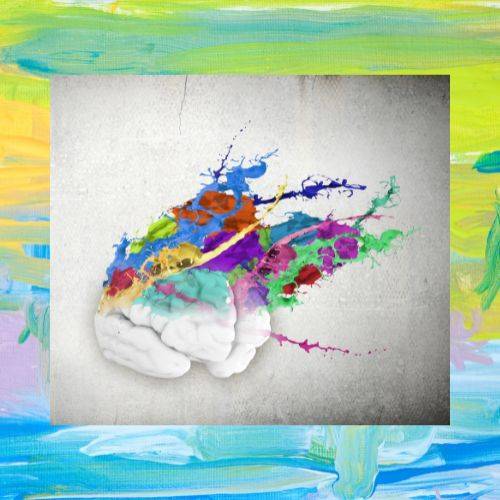
The Role of Art in Modern Education
Today’s educational landscape increasingly recognises the importance of art in developing critical thinking, problem-solving skills, and emotional intelligence. By incorporating environmental themes into art education, we equip students not only to be artists but also to be responsible citizens who are aware of and involved with the world around them.
Envisioning Our Role as Creative Stewards
We should keep in mind that what we teach is more than just how to make art. It is our goal to instil a sense of stewardship in our students. We want to help them to think critically and creatively about how they can improve the world around them. This series aims to encourage thoughtful reflection on our environmental responsibilities and the powerful role creativity can play in addressing these challenges.
A Call to Creative Action
Through creative thinking in art, we harness students creative abilities not just to create beautiful works, but to make meaningful statements about the world they hope to see. So, let us move forward with the resolve to nurture these ideals of care and responsibility in every stroke, sculpt, and sketch. Let the creativity we foster in our classrooms be a beacon that lights the way for greater understanding and action.
Together, we can inspire a generation of artists who not only appreciate the beauty of the world but are also committed to its preservation.

